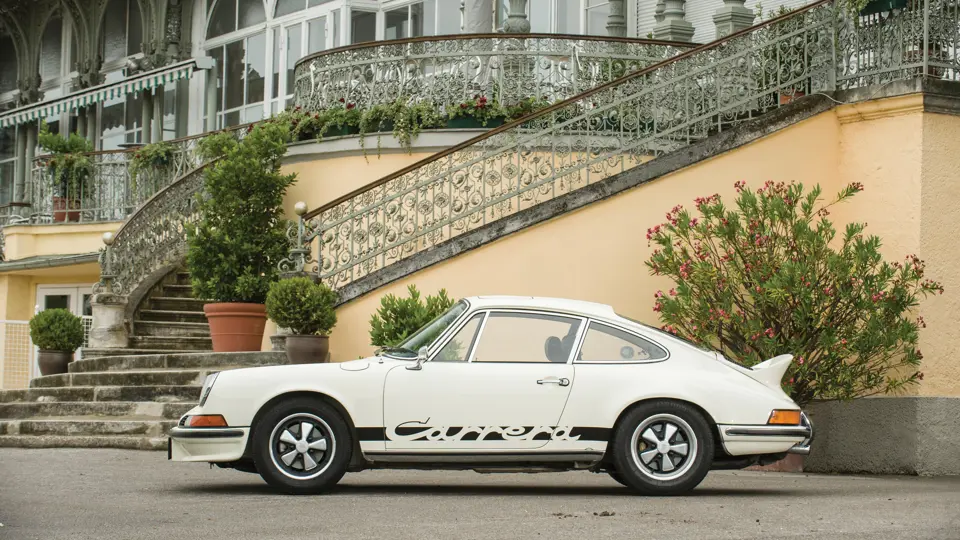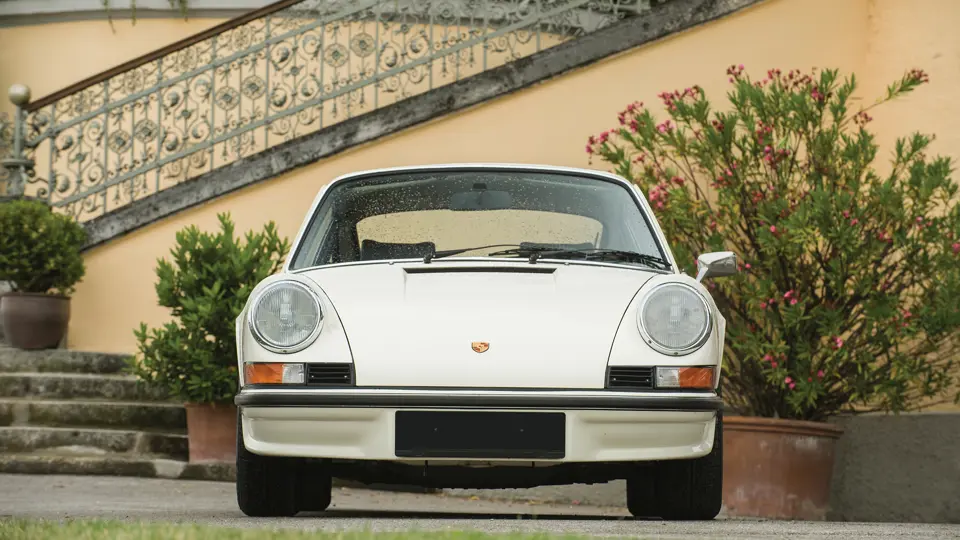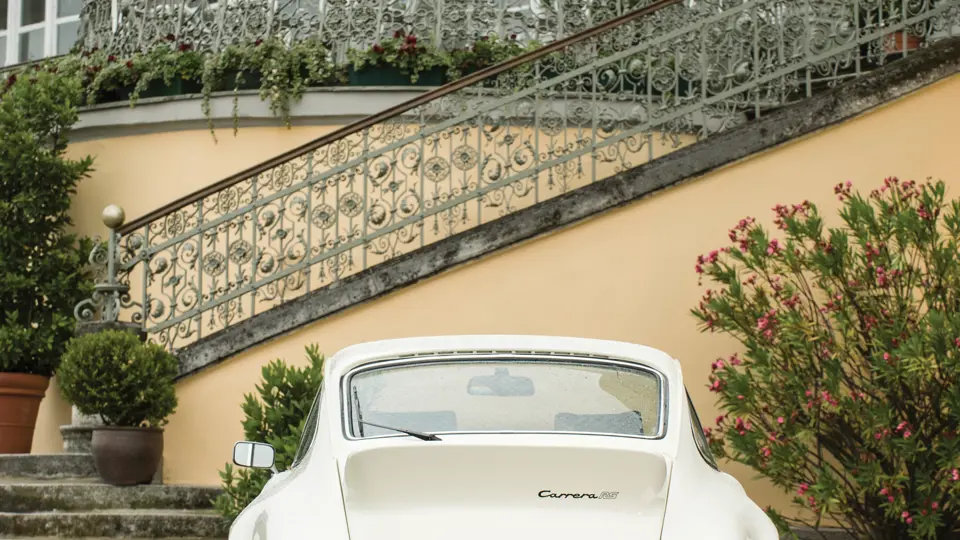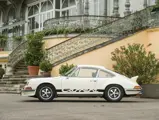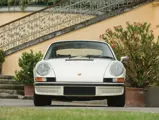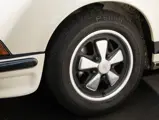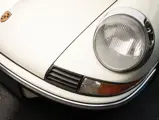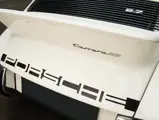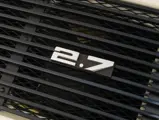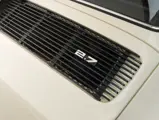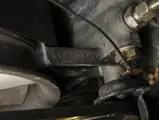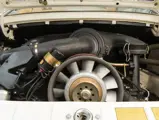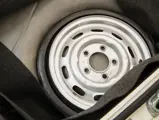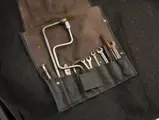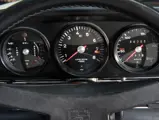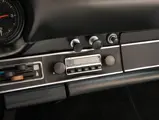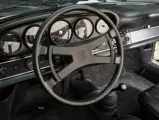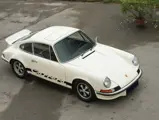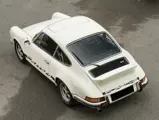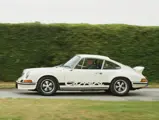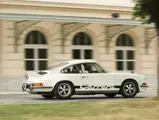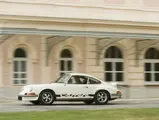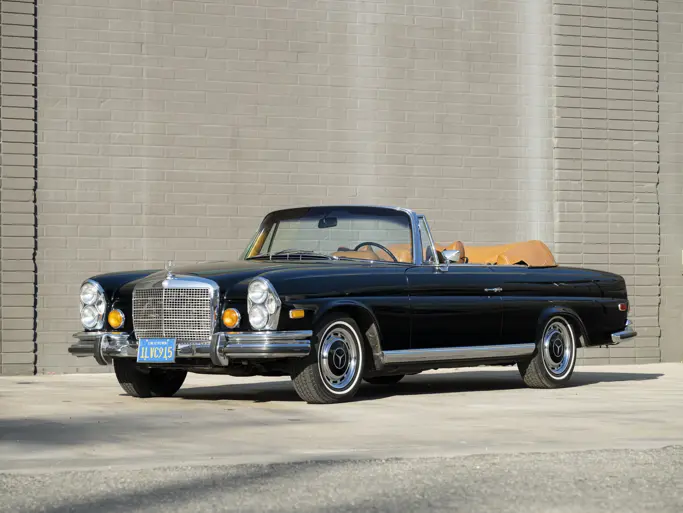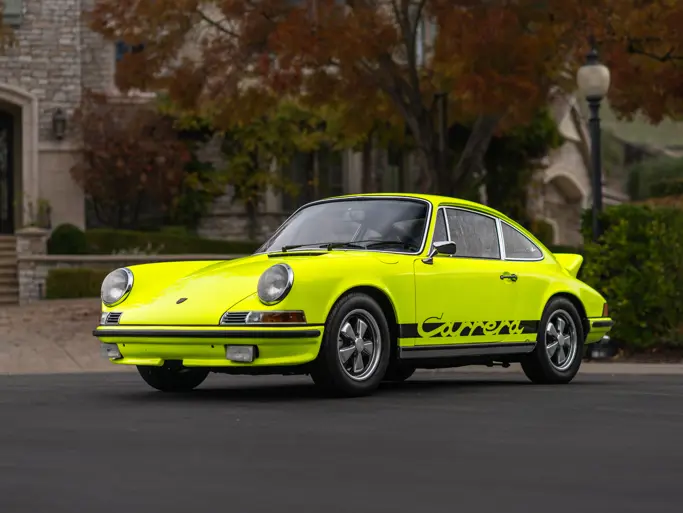210 bhp, 2,687 cc SOHC air-cooled horizontally opposed six-cylinder engine with Bosch mechanical fuel injection, five-speed manual transmission, independent front suspension with MacPherson struts, torsion bars, and an anti-roll bar, independent rear suspension with transverse torsion bars, tubular shock absorbers, and an anti-roll bar, and four-wheel disc brakes. Wheelbase: 2,270 mm
Porsche’s 1973 Carrera RS 2.7 was truly a “Homologation Special”. With its world-beating Type 917 prototypes legislated out of competition, the German automaker needed another platform on which to maintain its racing image. Not only would a successful racing program continue Porsche’s presence in competition, but it would also hopefully boost sales of its normal production cars as well. Working backward, the goal was to prepare an all-out campaign in the new European Grand Touring Championship Group 5 with a 911-based model called the RSR.
To meet the FIA’s production requirements, Porsche would have to construct at least 500 examples of a Group 4-legal model with a 2.7-litre engine that could be enlarged to the Group 5 maximum of 3.0 litres. That production car would be designated the 911 Carrera RS. The RS in turn was based on the standard 2.4-litre 911 S, whose engine was enlarged to just under 2.7 litres through the use of larger 90-millimetre pistons and Nikasil-coated cylinders. That low-friction coating had been developed for the 917 program and allowed for the use of aluminium pistons within aluminium cylinders without the need for iron liners. Bosch mechanical fuel injection provided crisp response and helped this potent engine develop 210 brake horsepower at 6,300 rpm. Torque was a strong 188 foot-pounds at 5,100 rpm. The Carrera RS employed a Type 915/08 five-speed transaxle, and there were powerful disc brakes at all four corners. When properly set up, the Carrera RS 2.7 was capable of almost 240 km/h (150 mph).
Interestingly, Porsche’s sales managers voiced serious doubts that they could sell a more-expensive version of the already pricey 911 S. The company decided to forge ahead but ordered all its eligible executives to turn in whatever car they had been driving and drive an RS instead. However, as soon as the new Carrera RS was introduced at the 1972 Paris Auto Show, it became apparent that the company had seriously misjudged the public’s interest, and every one of the planned 500-car production run was sold in just a few days. Porsche authorised construction of 500 more and raised the price as well. These also were quickly snapped up, as was a third series. Eventually, Porsche manufactured a total of 1,590 examples, including prototypes.
The Carrera RS came in two flavours, the M472 “Komfort”, also known as the “Touring” version, which retained most of the interior trim of the 911 S and had a steel rear bumper, and the lightweight M471 “Sport” model, which was aimed at club racers. The most distinctive feature of the RS was its new “ducktail” rear spoiler, which had been demonstrated in wind-tunnel testing to greatly reduce rear-end lift at high speeds. Interestingly, the ducktail was not legal for highway use in Germany, but most cars were retrofitted with them by their owners. The Carrera RS could be ordered in a fairly wide range of colours, with highly visible “negative” side stripes and an engine lid decal in blue, red, green, or black. The wheel centre spokes were painted to match the trim colour, helping to make the Carrera RS stand out.
This very attractive RS 2.7 Touring is a first-series production car and only the 48th RS Touring of 1,308 produced. It was originally finished in Light Ivory with a black leatherette interior and contrasting side trim, graphics, and wheel centres. It was also fitted from new with an electric sunroof, a rear window wiper, headrests for both the driver and front passenger seats, and a Blaupunkt Frankfurt stereo with a power antenna. This car was delivered new to a Portuguese customer and first registered on 4 January 1973. It is known to have spent many years in Monaco, and in 2006, it was acquired by a Swiss collector. It was then acquired by its current owner in 2010 and refinished in its original Light Ivory colour. The RS also retains its original 2.7-litre engine, which was subsequently rebuilt by Atelier RS 73 Châtillon in Biere, Switzerland, although the original gearbox is noted to have been replaced at some point. It is supplied with both Swiss and expired Monegasque (EU) papers, together with an owner’s handbook and period homologation documents.
The Carrera RS is considered by many to be Porsche’s “purest” and most collectible high-performance road car, and this example is sure to give its next owner a great deal of driving enjoyment.
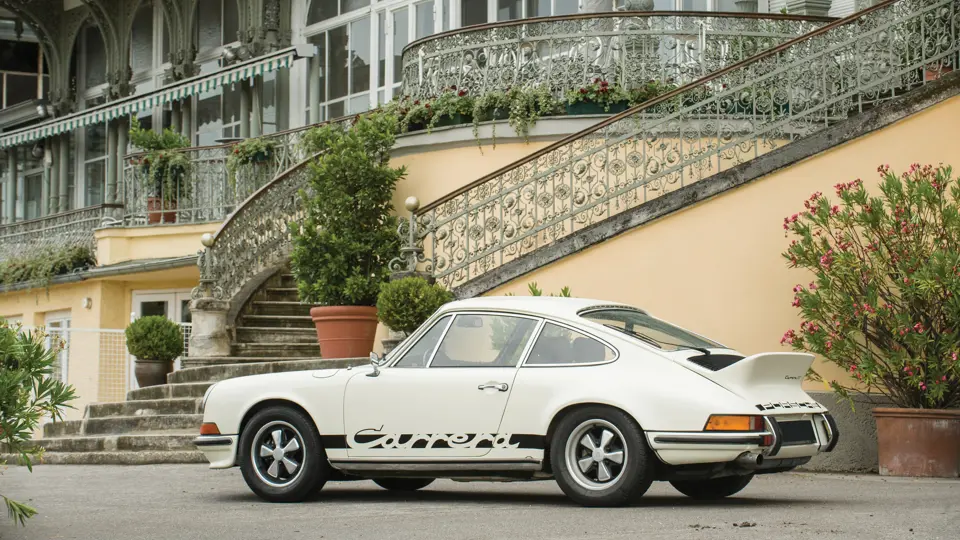



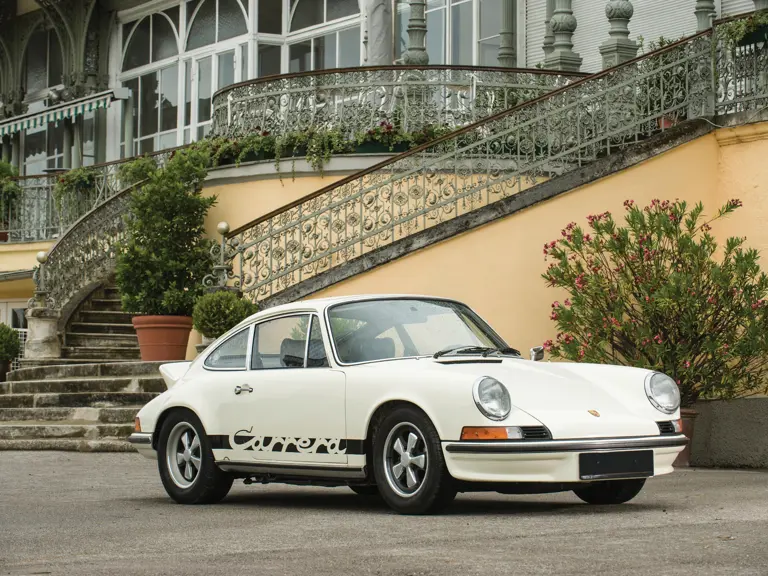

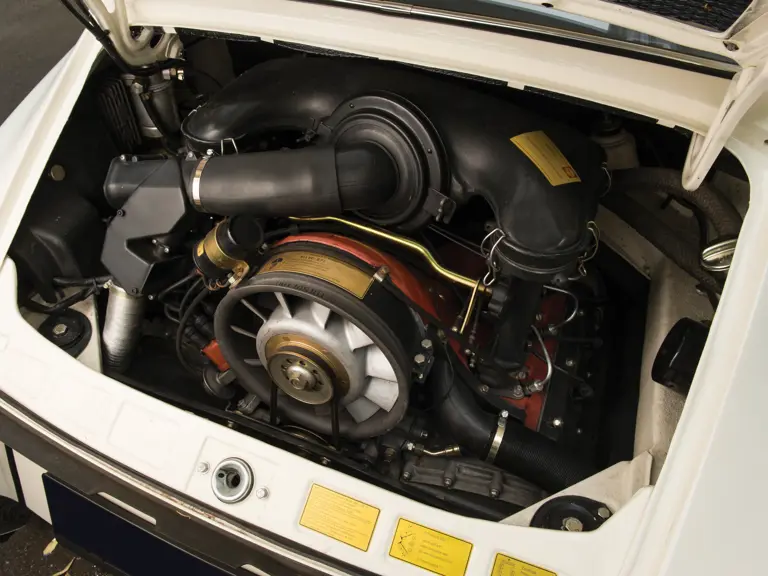
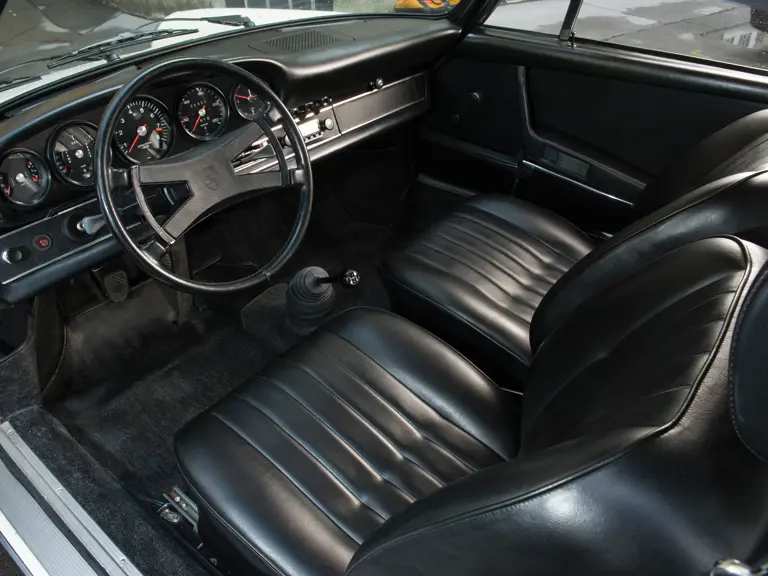

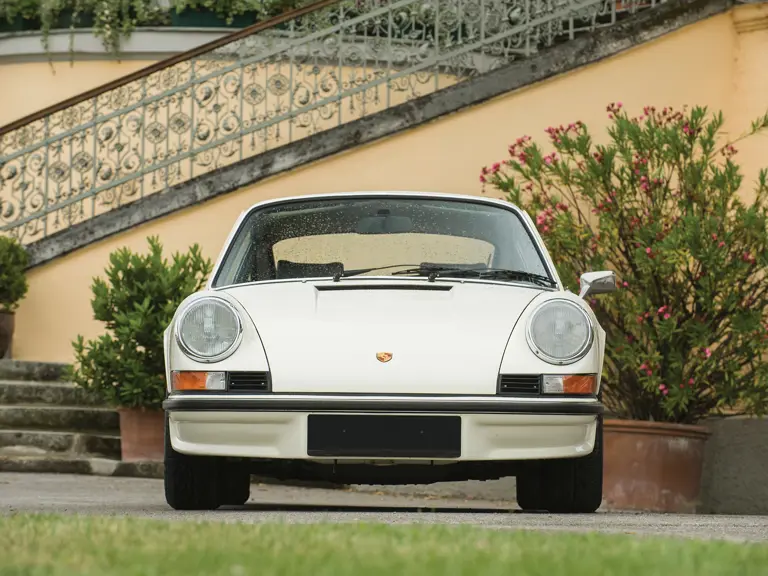
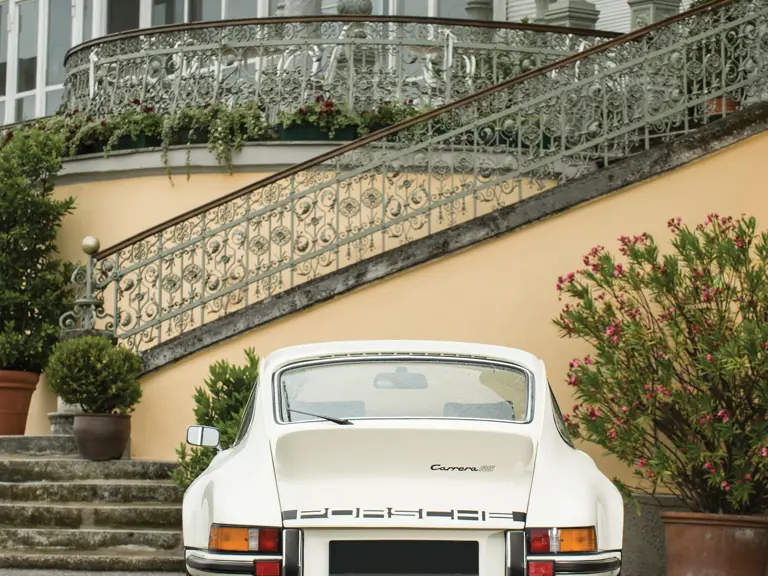
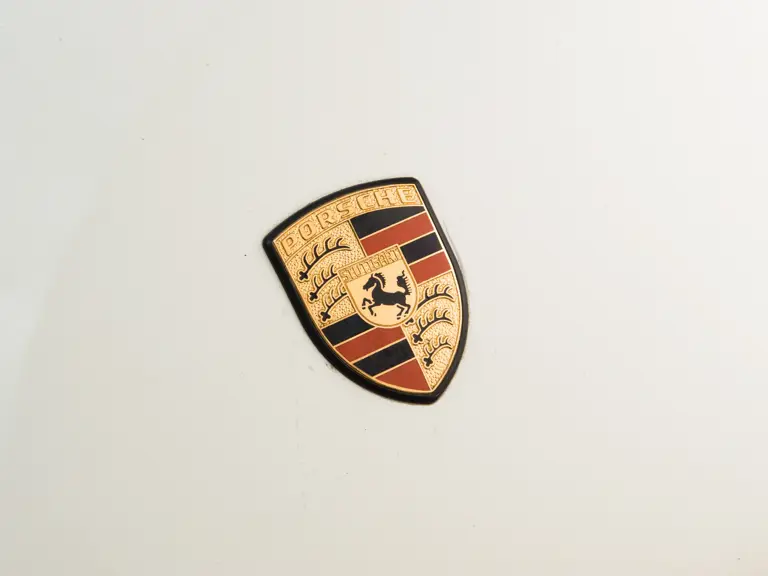
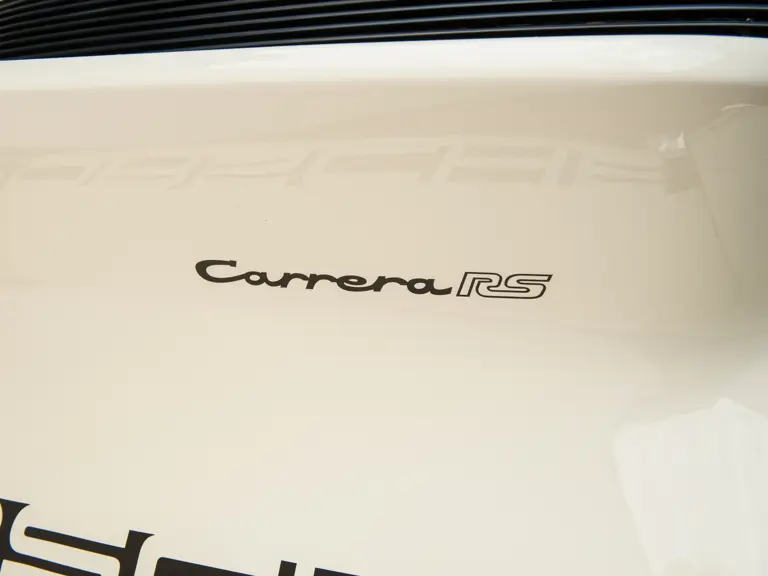
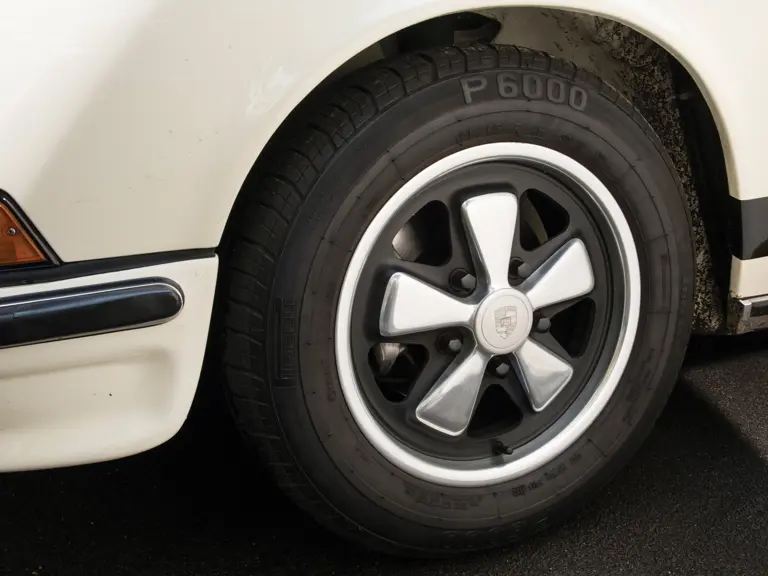
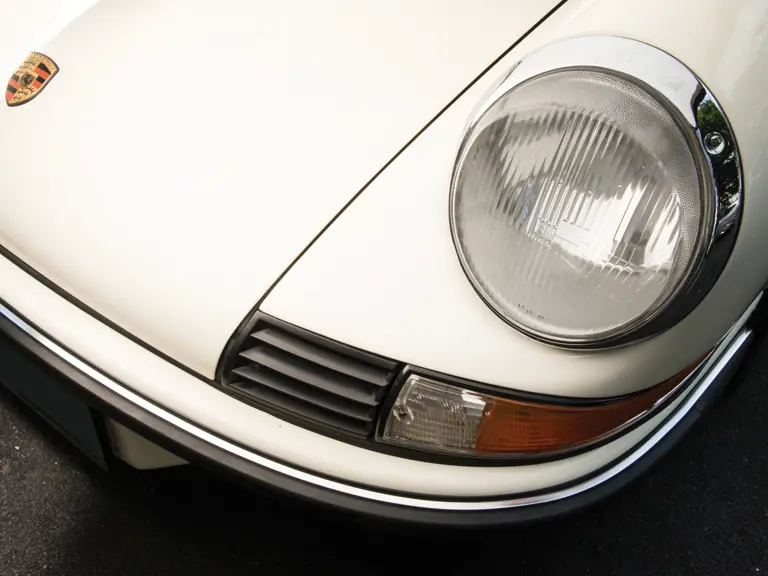

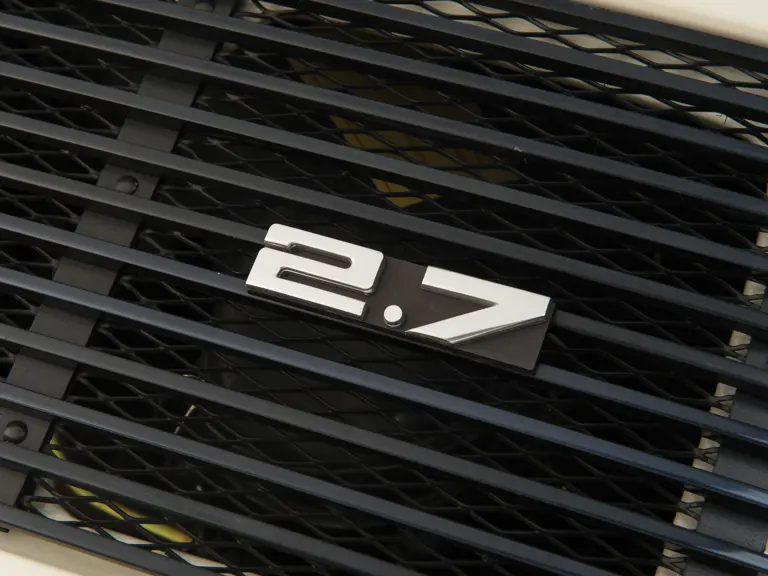
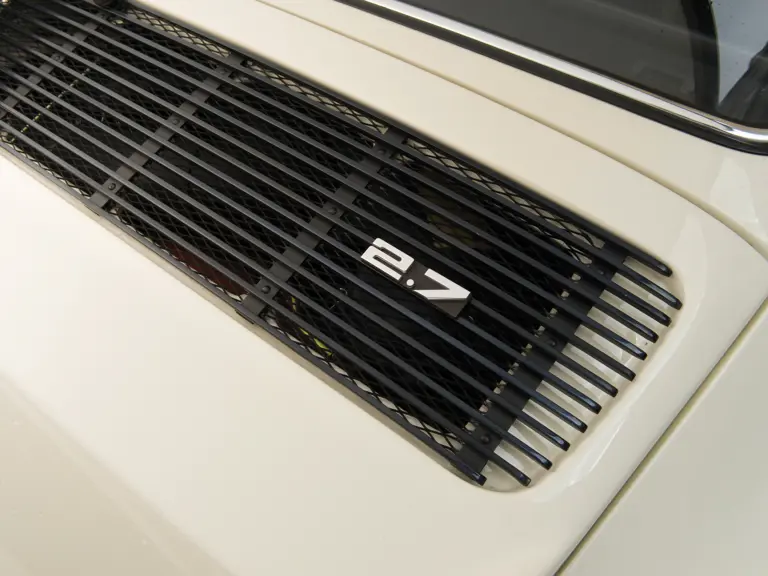




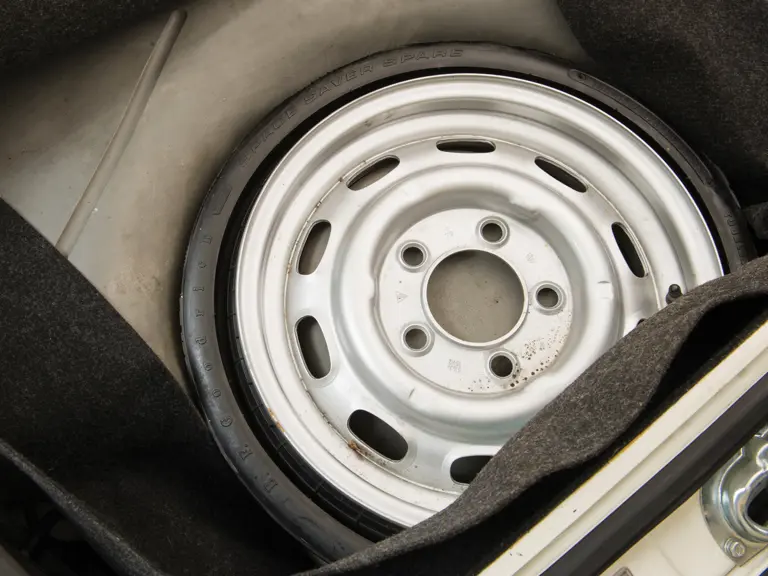
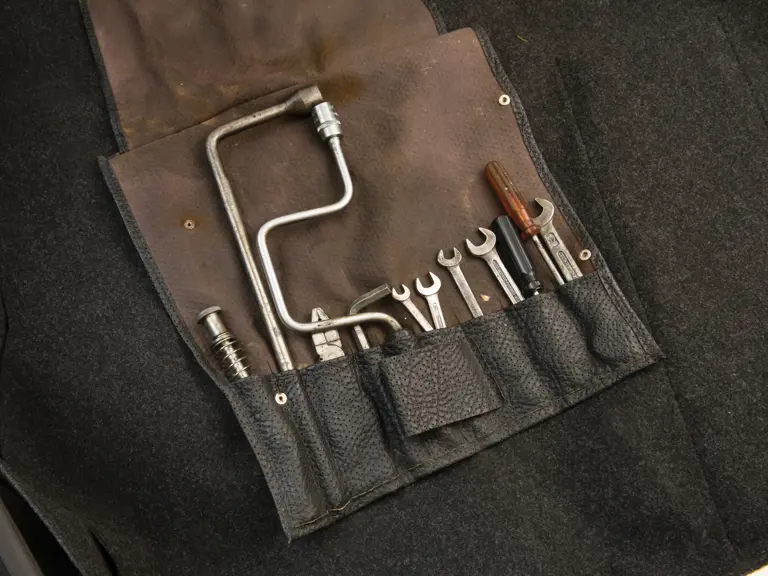
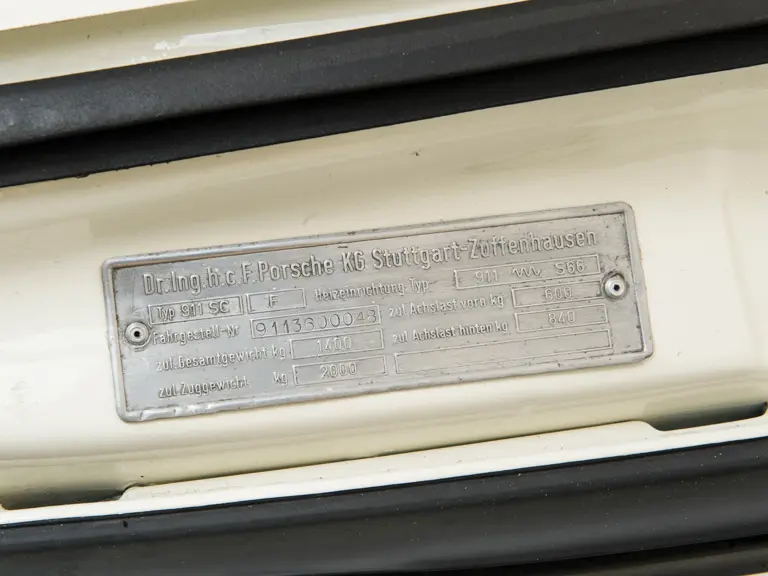
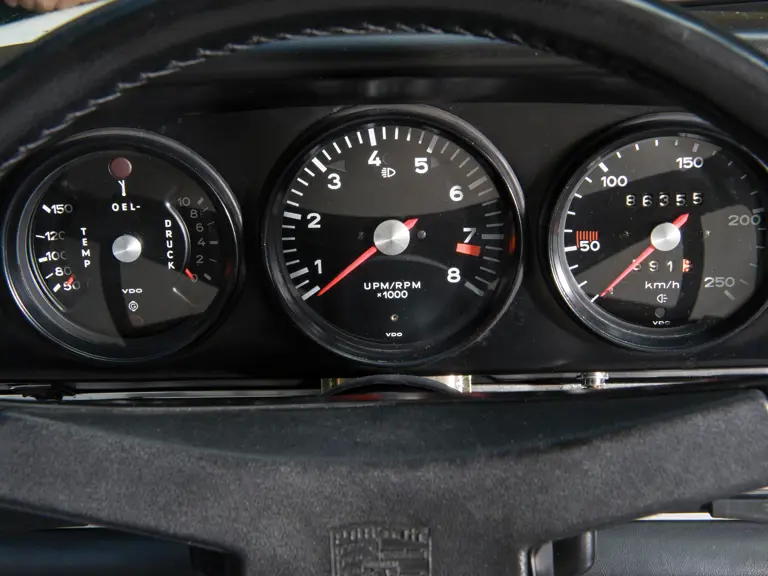
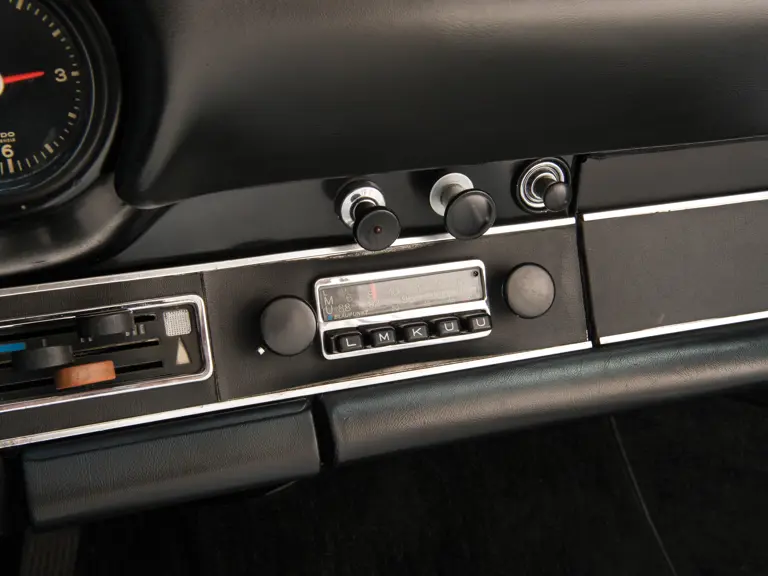
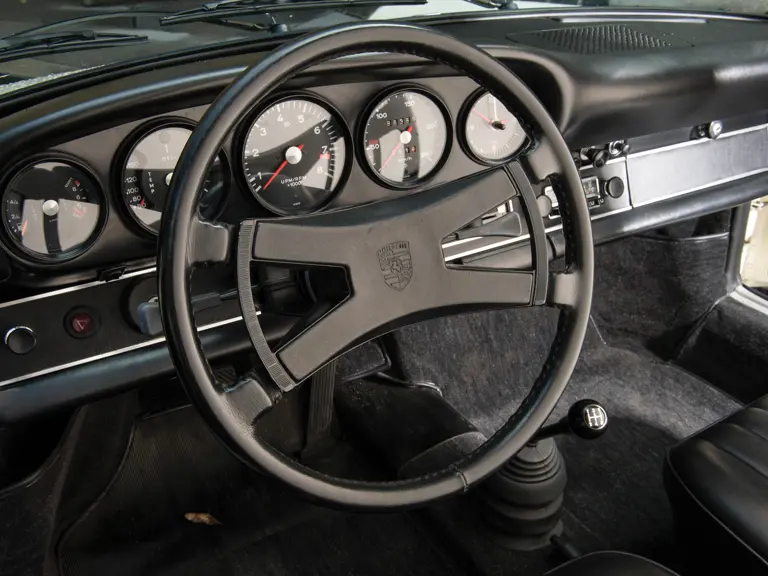

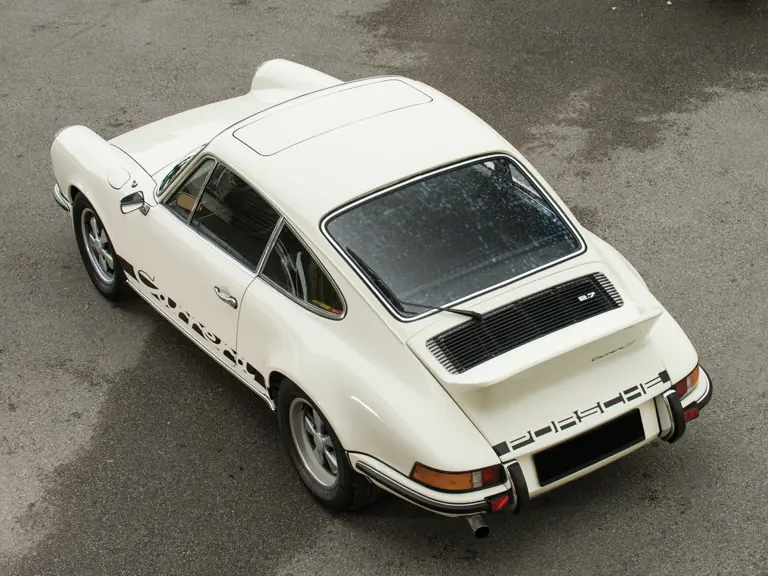
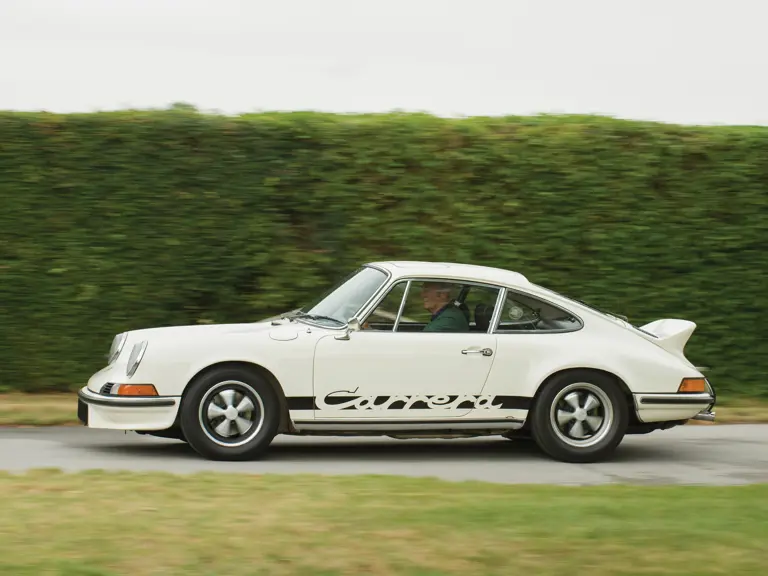
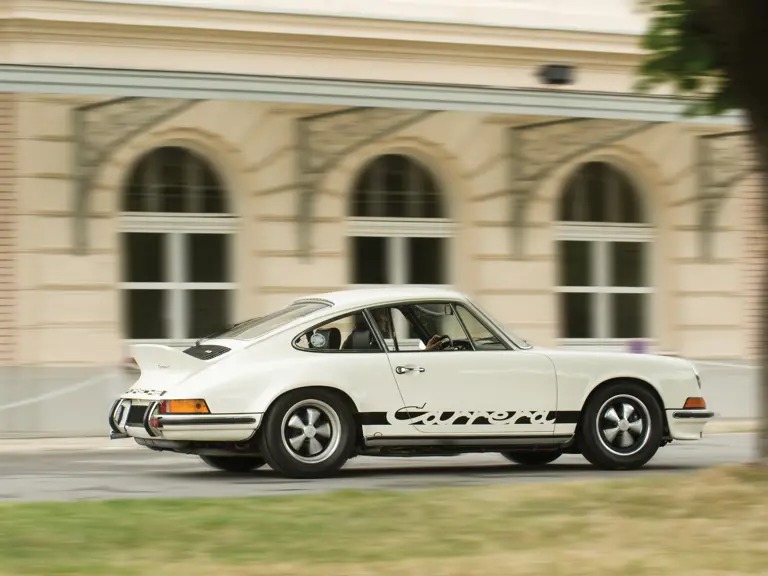
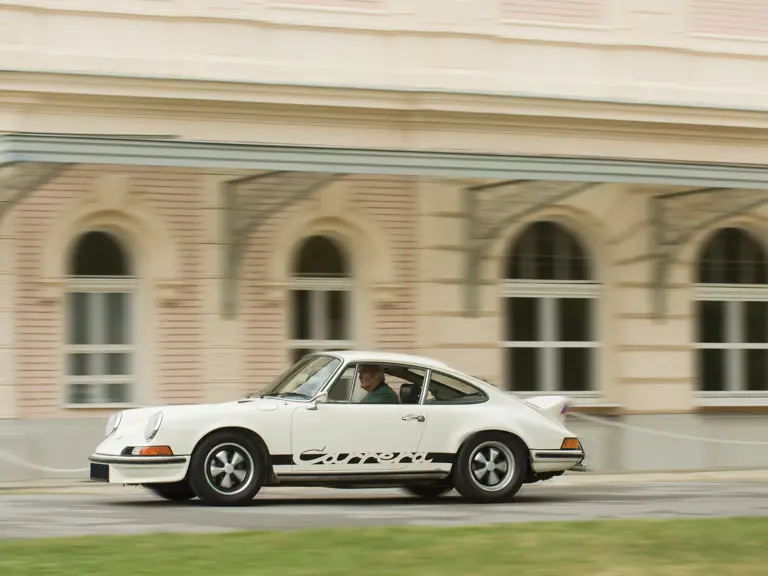
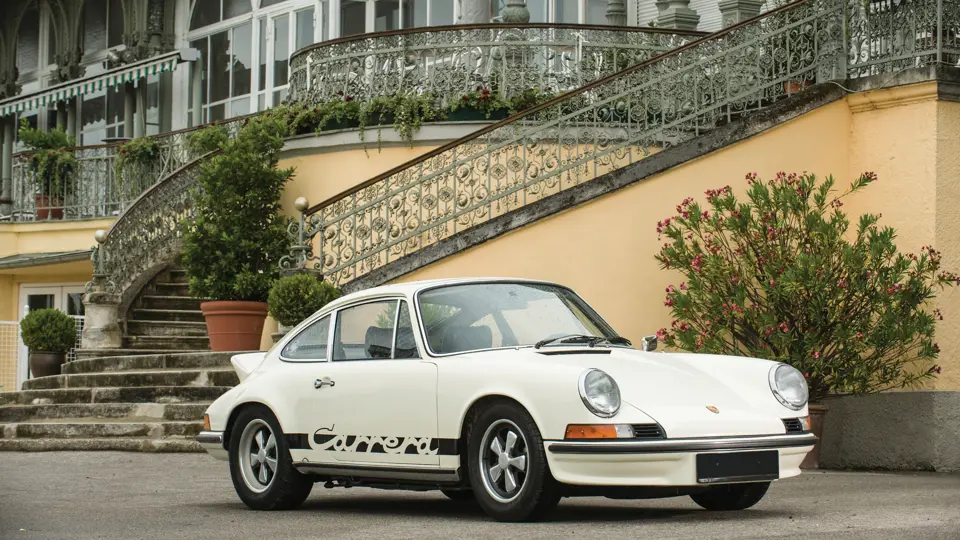
 | London, United Kingdom
| London, United Kingdom
